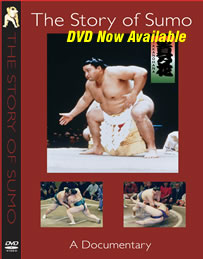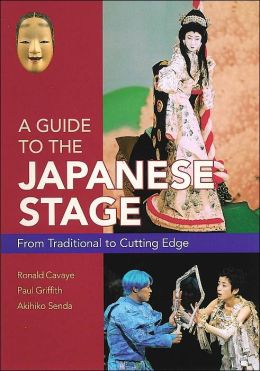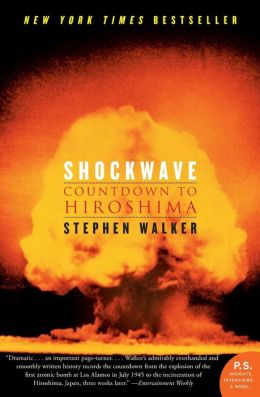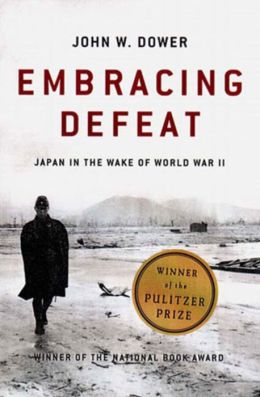In addition to providing a moving account of life in Japan both during and after WWII in her novel The Street of a Thousand Blossoms, author Gail Tsukiyama also offers readers fascinating glimpses into the worlds of Sumo wrestling and Noh theater. If you’ve finished reading the novel and want to learn more about the Japanese traditions and events that form the basis of the story – the following titles are available through the library. Click on the titles to determine availability.
For more information about the sport of Sumo Wrestling:
by David Benjamin
Benjamin offers a complete guide to Sumo for both curious novices and long-time fans. Learn about the greatest Sumo match ever, the many strategies employed by wrestlers, why rikishi sometimes throw a match, the backroom politics that influence who is promoted to the highest ranks, and the foreign invasion of Sumo and what it means for the sport's future.
The Story of Sumo DVD (2000)
In Sumo wrestling, the national sport of Japan dating back over 1500 years, huge but graceful wrestlers proceed with precision and great formality through elaborate ceremonies and ornamentation. The Story of Sumo introduces the pageantry and ritual preparations by wrestlers and supporting staff in the days prior to one of the six annual Grand Sumo Tournaments. The efforts of wrestlers, hairstylists, calligraphers and builders of the ring itself come together on opening day, each contributing to the art of the sport.
For more information about the artistry of Japanese Noh theater:
Kissing the mask: Beauty, Understatementand Femininity in Japanese Noh Theater (2010) by William J. Vollman
Vollman’s work explores the enigma surrounding Noh theater and the traditions that have made it intrinsic to Japanese culture for centuries, and extracts the secrets of staged femininity and the mystery of perceived and expressed beauty. Available through Inter-library loan.
From the stately refinement of Noh and the colorful spectacle of Kabuki to the avant-garde of the shogekijo and adaptations of Shakespeare or mainstream musicals, the world of the Japanese performing arts is thriving and innovative. A brief history and introduction to the features of each genre is accompanied by recommendations of entertaining plays that are accessible to non-Japanese audiences. Available through Inter-library loan.
For more information about the bombing of Hiroshima:
Shockwave: Countdown to Hiroshima (2006) by Stephen Walker
Embracing Defeat: Japan in the Wake of WWII (1999) by John Dower
American and Japanese witnesses tell the story of the bombing of Hiroshima with unparalleled immediacy and veracity -- including the story of the copilot of the plane from which the bomb was dropped; the atomic scientist who arms the bomb in midair; and the Japanese student desperately searching for his lover in the ruins of the city. Combining a brilliant gift for storytelling and a keen eye for detail, Walker constructs a shocking and unforgettably moving portrait of an event that changed the world forever.
24 Hours after Hiroshima DVD (2010)
On August 6th, 1945, the atomic bomb was unleashed on the Japanese city of Hiroshima. Four days later, the Japanese surrendered, having been subjected to horrors and devastation previously unknown and unimaginable. A team of scientists and experts from the Manhattan Project was ordered by President Truman to investigate the facts of what really happened when the atomic bomb exploded over Hiroshima. This National Geographic film reveals what happened moment by moment in those first 24 hours.
For more information about life in Japan after WWII:
Drawing on a vast range of Japanese sources and illustrated with dozens of astonishing documentary photographs, Embracing Defeat is the fullest and most important history of the more than six years of American occupation, which affected every level of Japanese society, often in ways neither side could anticipate. Dower describes the rich and turbulent interplay between West and East, the victor and the vanquished, from top-level manipulations concerning the fate of Emperor Hirohito to the hopes and fears of men and women in every walk of life. The Pulitzer Prize-winning title is regarded as a benchmark in its field, and is a work of scholarship and history of the very first order.
Dower’s newest title offers a profound look at American and Japanese perceptions - past and present - of key moments in their shared history. An incisive investigation of the problems of public history and its role in a modern democracy, these essays are essential reading for anyone interested in postwar U.S.-Japan relations, as well as the broader discipline of history








No comments:
Post a Comment